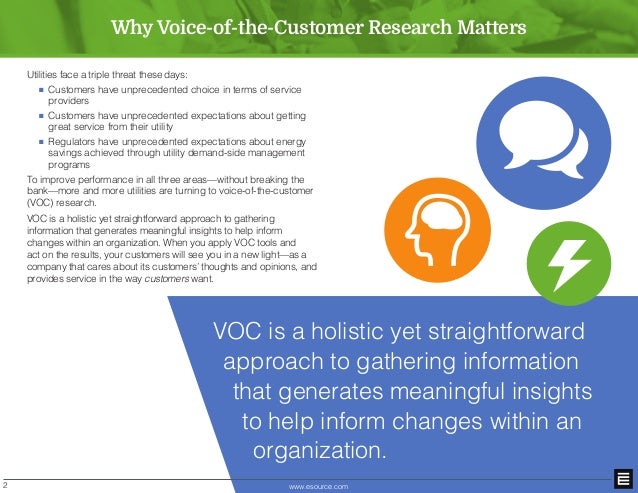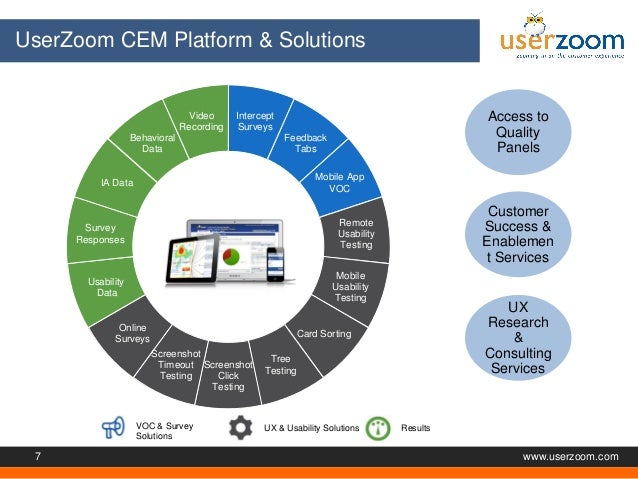
Companies use VoCs to collect, analyze, and distribute customer feedback to all internal stakeholders–whether it’s collected in the product itself, on sales calls, through support channels, or otherwise. Enter: a voice of the customer program.Ĭhapter 1: What is a voice of the customer program?Ī voice of the customer (also referred to as VoC) program is a way to operationalize what customers say. Product teams should always strive to understand and incorporate customers’ needs in everything they build, and this can’t be done effectively without clear strategy, processes, and feedback loops in place. In a 2020 report from the IBM Institute for Business Value, 84 percent of surveyed executives said that customer experience management will be a high priority over the next two years, compared to only 35 percent just two years ago. The customer voice is even more critical as nearly every business has shifted their focus to optimizing or building digital capabilities. Not to mention this qualitative data is extremely valuable in informing what you build and helping to drive your business’ growth. By not taking customers’ feature requests and product ideas into consideration, you’re ignoring the very people whom you’re building the product for in the first place. When feedback falls through the cracks, gets lost in translation, or doesn’t make it onto prioritization lists, this comes at the organization’s expense. While it’s promising that customers have so many mechanisms with which to share their opinions, it can be difficult for a company to manage and make sense of it all. Communication is no longer a one-way channel from companies to consumers, and software users not only expect to be able to share feedback, but that this feedback will be heard and acted upon, too. Whether it’s through a “contact us” button, social media post, email, or in-product feedback portal, today’s customers have more of a voice than ever before. Or maybe you told the company about it directly, which poses the question: What happened next? Maybe you kept it to yourself–ingraining a newfound frustration with the brand in the back of your head–or vented about it to a partner or friend. Think about the last time you complained about a company’s product or service.



Introduction: The rise of the voice of the customer


 0 kommentar(er)
0 kommentar(er)
